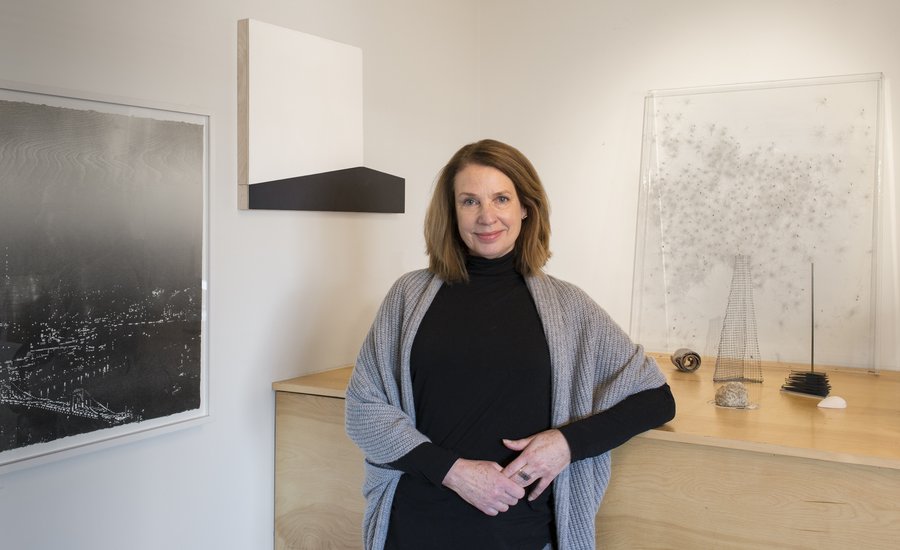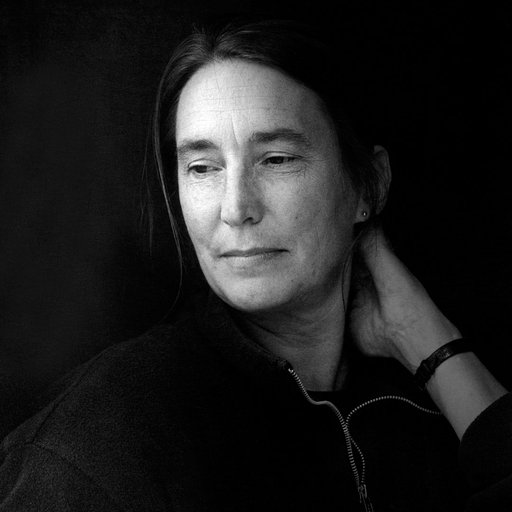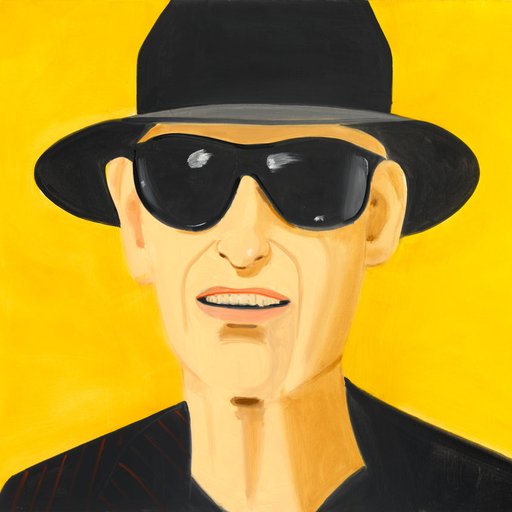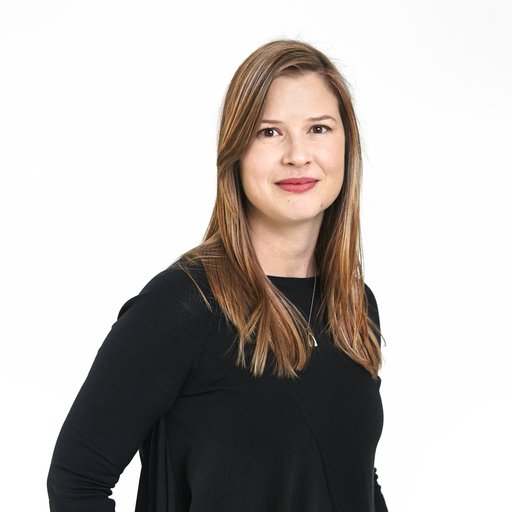Detroit-based artist Susan Goethel Campbell has been watching her city decay over the decades, as nature reclaimed the deserted urban landscape, only to see the trend reverse in recent years as Detroit inches towards becoming a booming creative city. Her current solo show at David Klein Gallery, which in 1990 opened their first location 30 minutes from Detroit in Birmingham, Michigan, and in 2015 opened a second, 4,000-square-foot location downtown, is a reflection on the kind of impermanence Campbell has witnessed as a longterm resident. With a background in printmaking, the artist uses grass—or grass roots, more specifically—as a printmaking tool, creating multiples by casting root systems inside the contours of commercial packaging. Here the artist speaks about her innovative techniques and their relationship to the built landscape, and about Detroit’s influence and promise.
You show “Faulty Vision” is up at David Klein in Detroit. The press release says it's about "impermanence and the logic of man made systems." Can you expand on that?
Sure, the work brings together several formats that I work in, including print, photography, and installation work. My original impetus for that show was to start with the gallery space in particular because it's not a neutral space. It's been renovated and peeled back to expose some of its original elements; and now in the middle of the gallery is a large neoclassic column. For me, a column, which is a compression structure used to hold something up, is a symbol of power. My work looks at systems especially related to the environment and the economy, as well as consumable goods. So I decided to make another column that almost mirrored the original column, but made it out of cast earth, with the root systems showing an exterior relief. I grew grass in molds taken from water bottles. I wanted to embellish the column with something that was ubiquitous to our culture and the closest thing I could come up with was a water bottle. The repeating image of the water bottle echoes the original surface treatment of the original doric column.
So I divided the space into three using the column that was originally there, the column I made, and a third base with nothing on it. So that brings this idea of impermanence—are things coming or going? Is this something that’s supposed to be built there, or something that was once there? My first goal is to call the architectural space into question. From there I worked with the walls of the gallery and embedded prints into the walls themselves so they're totally flush. You don't really know where the print ends and the wall begins—it looks like the print is coming out of the wall. They're black-and-white images of landscapes with a heavy fog. A couple of the larger black and white photos have figures that seem to be wandering in the landscape with no reference.
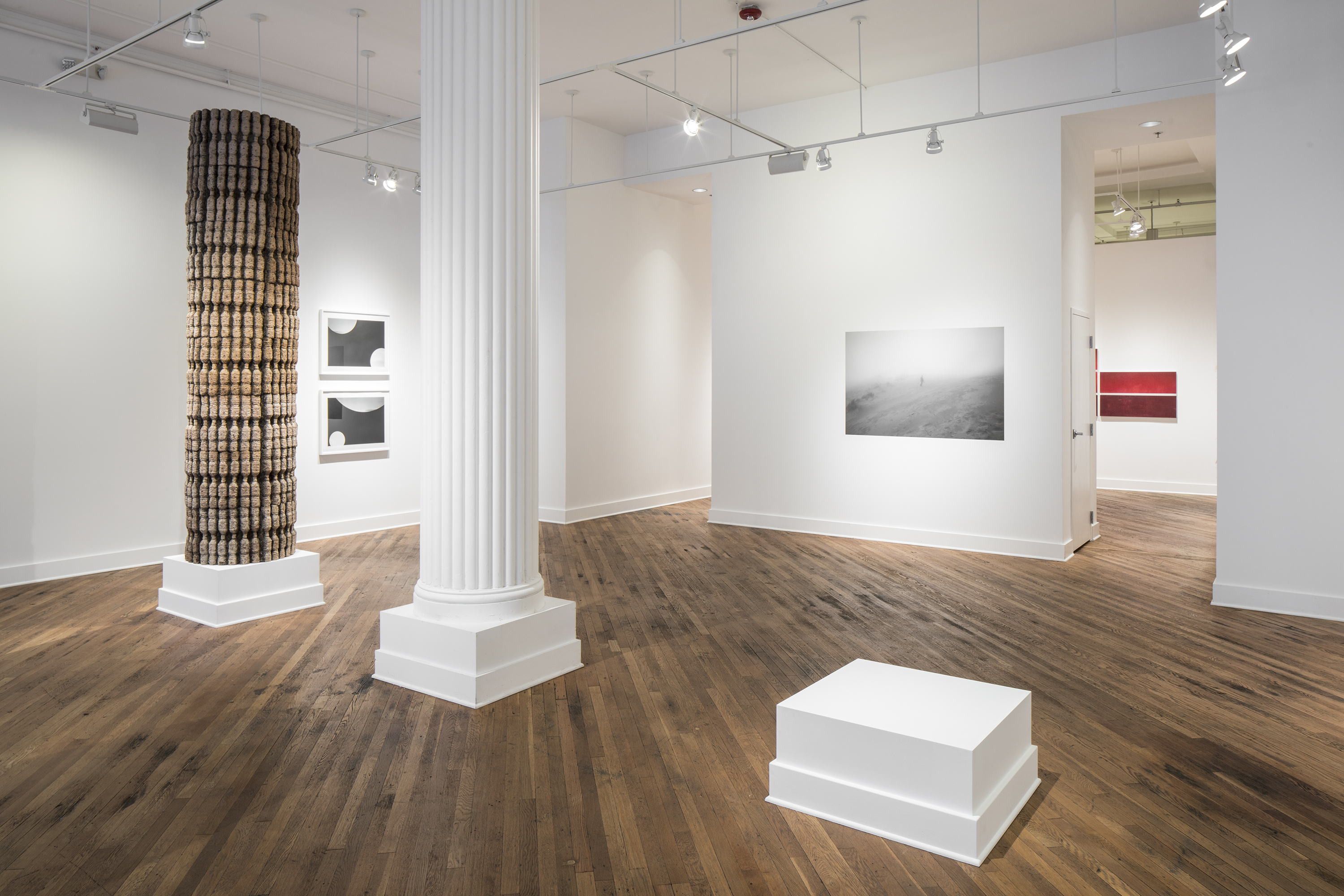 Photograph by R.H. Hensleigh
Photograph by R.H. Hensleigh
What about impermanence is interesting to you? Are you thinking about it politically, or...?
It's a complex question. I see it related to a political statement; I also see it related to a mediated ecology. The title “Faulty Vision” comes from my take on systems and how we don't allow for things to erode. As a culture we keep this idea of growing the economy without any time to replenish. One reason I work with herbs and grass is because it has a dormant period. The pieces that I create for the gallery are made of sod that's been dried, but if placed outside and watered, it could grow again.
Are you using a specific type of grass that is meaningful to you?
The grass doesn't have meaning at all—it's the root systems of the grass. I use wheat grass only because it's fast growing. I'm trained as a printmaker so a lot of my work is about process and that carries over into the many formats that I use. But I'm basically using the root systems of grass to record the contours of packaging. There’s another piece in this show that involves grass grown in every iteration of iPhone packaging. I use a living system to record change in consumer culture. So what I'm trying to do is link this idea growth and recording and transferring information from one thing to another to document goods.
Do you think of these sculptures as prints?
Absolutely. I see them as volumetric prints. There's another piece on a low plinth that's composed of concentric rings and I think of that as a volumetric print or a carpet. The grass is inverted so you see how the root systems of the grass recorded the mold that I made. I make my molds out of vacuum-formed plastics. And then I grow the grass. It's a pretty lengthy process.
 Susan Goethel Campbell,
Ground No. 6
Susan Goethel Campbell,
Ground No. 6
What will happen to these works after the exhibition? They’re not archival.
Some of them are placed outside and repurposed. I just had an exhibition in North Carolina where some of the units were put in a garden bed and the grass structures break down and are replanted. I did the same thing at the University of North Texas. I worked with fiber students to move the units outside into a garden. So there's a cyclical process to the work that I like very much. And this idea of impermanence is an idea I've worked with in different iterations but for me it really completes the work when someone else takes ownership of it or it grows into a new work.
I've read that some of your earliest influences were from dance rather than visual art.
Dance has influenced my work mainly in terms of gesture. I look at this idea of gesture in a pretty broad way. It could be gesture that's related to global weather patterns or the gesture of a plant growing—something that's constantly changing. It's kinetic. So dance has informed my work with this idea of movement and large systems. To take that a little bit further, I've done a lot of straight-forward wood-block prints based on aerial views of land and the geometric patterns of urban environments. In some prints I took weather data, graphs, and charts and I extracted a gesture that becomes unclear in terms of what it represents. But again that relates to dance as a gesture.
 Susan Goethel Campbell,
Dune 2
Susan Goethel Campbell,
Dune 2
I know you grew up in East Grand Rapids and now you're living in Detroit. How have those landscapes influenced your work?
I've lived in Detroit for quite some time and to watch the landscape change quite drastically by plant life has been largely influential throughout most of my time here. That cyclical process of something manmade being reclaimed by nature has been a really powerful influence on my work. And the idea of decay informed by work very early on—whether it's natural decay or there's machinery that helps with the decay, such as wrecking balls. I mean, there were 20 years where you would never see a crane on the horizon, and now they're everywhere. It's interesting to be in a place for a long time and see how it changes.
Are these good changes? It seems like Detroit has really become a destination for artists, or it’s at least affordable enough for artists to be able to live there. But this gentrification is problematic also. How do you feel about how Detroit has been changing?
I think… I know it’s fantastic. There's so much space here; there's room for a lot of people. I think its 135 square miles—that's huge! There are pockets here like midtown and downtown where there's gentrification going on for sure, but there's a lot of innovation going on here as well. There are artistic communities that are doing really interesting things and people here are supportive of one another. That's one thing that I really love about it here: there's a real sense of community and people come from all over and are supported. It's really tremendous.
RELATED ARTICLES:











